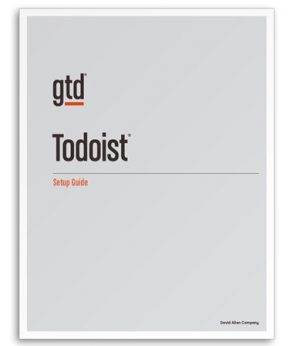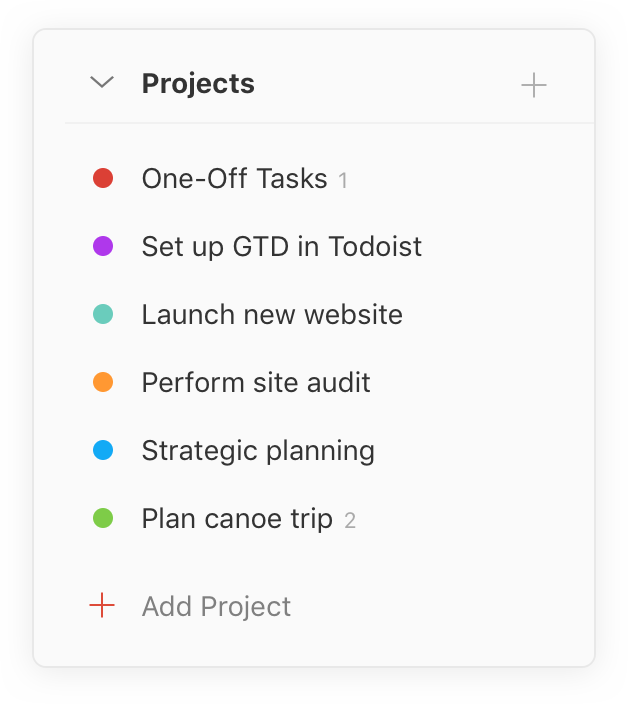
Put each item where it belongs and add context. Go through your list and decide what to do with each item. This could be anything on your mind that might hold some degree of importance. How does GTD work?įor GTD to be effective, there are five basic steps you need to follow: When you know you’ve recorded everything you need to remember, you can focus on doing your best work and truly relax when you need to. “If you don’t pay appropriate attention to what has your attention, it will take more of your attention than it deserves.” -David Allenīy freeing up mental space, you won’t have to constantly worry about keeping track of what needs to be done. One of the main principles of GTD is to capture all your tasks, appointments, ideas, and any important information so you can take action on them later. GTD is a method of getting things out of your mind and onto an external system for you to break down into concrete steps. If you’ve spent enough time browsing through productivity content on the internet, you must have come across the Getting Things Done methodology and the cult-like following it’s amassed. With this philosophy in mind, he developed what is now a widely adopted productivity method called Getting Things Done (GTD). If you fill up your working memory with everything you need to remember, you’ll never get anything done. While some people can get by with it, it’s not exactly the best method for staying organized and productive.Īccording to the renowned productivity consultant David Allen, our brain operates like a computer. Many of us tend to rely on sheer memory to keep up with our day-to-day obligations across work and life. If this scenario sounds familiar to you, you’re far from alone.

All these one-off tasks can accumulate over time and before you know it, you can’t even get a single thing done without getting distracted by all the unfinished tasks floating around in your head.

Or you stop by the grocery store without a list of what you need and forget to buy orange juice. Let’s say you get a Slack message that requires further action but you leave it there for you to return to later. With so much data to keep up with on a daily basis, it often feels like we spend more time thinking about our tasks than actually doing them. Every single day, we’re bombarded with all kinds of information - emails, news articles, deadlines, phone numbers, errands, event details.


 0 kommentar(er)
0 kommentar(er)
